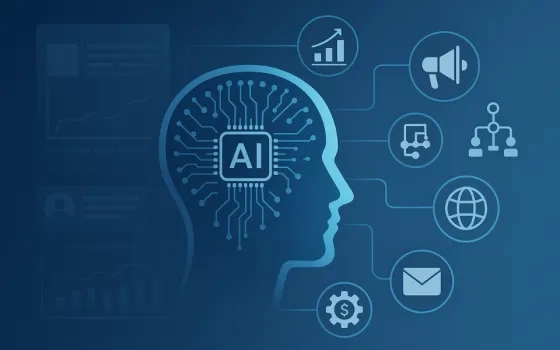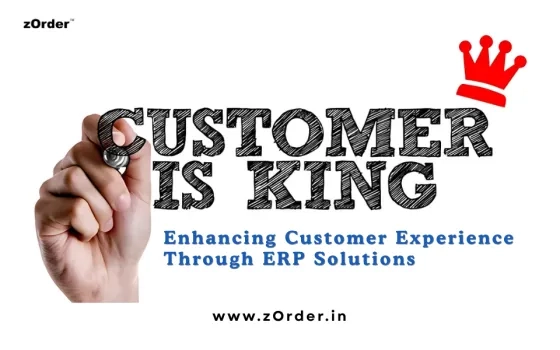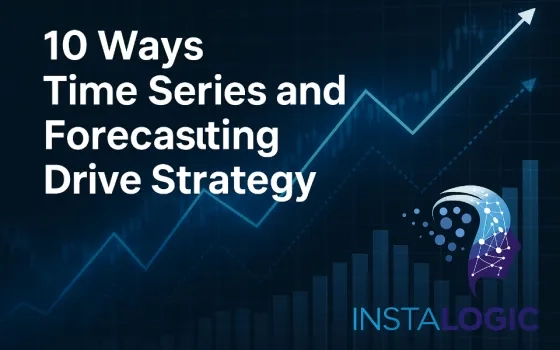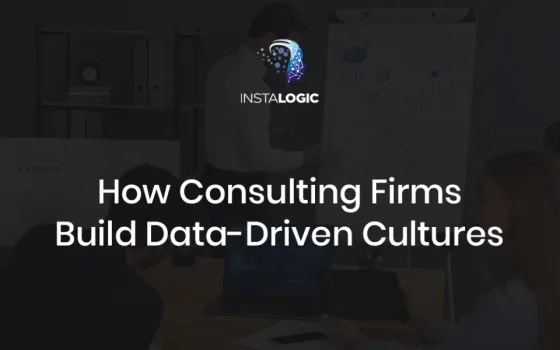Marketing and technology have become almost inseparable. In the past few years, with the proliferation of digital channels. Marketers have started to use technology at each step of the marketing value chain, from product planning & media buying to customer engagement to sales and after sales. Few parts, if any, of the marketing function that have remained untouched by the technology, with businesses making significant investments across five key areas.
Targeted customer experience enhancement is likely to be the focus for marketers
Marketers are increasingly targeting individual customers rather than segments as digital marketing has brought brands in direct contact with the singular consumer. To serve each customer, brands are using advanced and sophisticated analytics solutions to ensure hyper-personalized real time engagement with them through actionable initiatives and stimulating interfaces such as gamification. Development of online communities and then individually targeting customers has also become common. The key solutions going forward would be content targeting, programmatic buying, social personalization, and mobile screen personalization.
Globally, IT players are building capabilities around experience design to tap this market, which is expected to touch USD 60 billion by 2025.
Digital Analytics would become the bedrock for marketing, taking the place of traditional market research
Analytics is not new to the marketers, however, the complexity and scope of analytics has increased significantly in the era of digital marketing. As digital platforms allow marketers to capture customer data at various touch points, marketers are able to run sophisticated analytics on this data to achieve high levels of audience, content, channel and product optimization.
IT companies are providing analytics using both online and offline data (data and text mining) and deploying smart intelligence (predetermined techniques) to forecast customer behavior. Further, they developed solutions and services for understanding trending sentiments on social networks, personalize content and offers, and campaign performance evaluation. In the next 10 years, the global marketing analytics space is expected to grow to USD 40 billion with the rising usage of IoT, when billions of devices will be used to capture customer data.
Marketers are reaching customers with a multichannel approach, with mobile dominating
In the last 5 years, marketers have followed customers to digital channels and have used a mix of both traditional and new channels strategies. Mobility enabled location based marketing is a step further towards greater personalization where marketers aim to provide right content to right customer at right time in right Place and context. IT players are would be focusing on providing solutions such as geofencing, geo-conquesting, indoor targeting. Investment in mobile marketing will rise exponentially with the adoption of wearables, and is expected to reach close to USD 30 billion by 2025.
Marketers would continue making significant investments into operations
Marketers are investing increasingly into marketing operations and backend integration. Most of the marketing functions have introduced formal processes and high degree of automation around content delivery across channels, digital asset management and lead management. As more and more marketers will embrace omni-channel marketing, investments in the operations automation and integration of various online and offline platforms will rise and the market size for such opportunities would reach around USD 25 billion by 2025.
Creative design is getting technology enabled and technology providers are expected to play an increasingly major role
Besides adopting core technology solutions in the marketing function, marketers are also engaging with IT service providers for design development. This involves not just digital production and content testing and adaptation but also conceptualization and design prototype development. IT firms would move into the design development and are doing so by acquiring capabilities both organically as well as inorganically. They are increasingly also looking to partner with niche players and marketing agencies to capture a significant pie of a growing market which is expected to cross USD 20 billion by 2025.
The CMO’s role is evolving to encompass digital as well as customer experience
Undisputedly, the CMO’s role has moved significantly beyond communication and branding towards technology. CMOs are getting more involved in technology selection and deployment as the organizations move up the digital maturity curve. Going forward CIO – CMO dynamics are expected to change significantly as CMOs graduate to CMTOs (Chief Marketing Technology Officer), with IT teams acting as enablers. CMOs will become key spenders with respect to not only customer facing technology, but also backend infrastructure.
Increasing digitization in marketing function has changed the business model of companies and extensively impacted other functions such as product development, sales, customer service, supply chain, and IT. Marketing would become more aligned to business objectives with digital thinking becoming embedded into overall corporate strategy. This would lead to considerable changes in organizational dynamics, with new positions in the c-level suites such as Chief Digital Officers, Chief Creative Officers, and Chief Customer Experience Officers becoming more widespread. CMOs would also look to redesign the organization structure and adopt new capabilities to fully tap the digital opportunities. However, their strategy around technology, talent and organizational design would vary depending on the size and overall digital maturity of the organization.
Given the enlarged depth and breadth of marketing, CMOs are also more likely to explore potential strategic associations with IT players, management consultants. They would essentially be looking for collaborations that provide end to end solutions to them.
Going forward, both the marketing function and CMO’s role will keep evolving. On one hand, the trend of omni-channel will extend further and marketing will become agnostic of channel and technology type. CMOs, on the other hand, will be expected to exhibit both technical as well as general management roles, requiring business acumen as well as operations knowledge to fully leverage digital channels effectively.
Indian IT players are expected to expand their marketing capabilities significantly leveraging their operations experience, low cost and fast turnaround advantages while targeting CMOs.
Similar to the global landscape, the landscape of Indian players serving the martech market is also highly fragmented. The martech industry is served by various types of players- agencies, technology services companies, analytics, ecommerce, consulting, and software product firms. The historical strong hold of agencies is increasingly getting diluted as IT players are expanding their service offerings around marketing solutions. However, Indian IT firms are still new to the domain and face stiff competition from MNC IT companies, boutique firms and technology oriented agencies.
The perception of global CMOs about Indian IT firms is of a strong technology provider with expertise in operations, system integration and infrastructural services. Marketers are considering at Indian players for analytics, market research and downstream creative work or digital solution implementation.
Currently, Indian IT companies are primarily leveraging their technology and operational capabilities in the market. Given their extensive experience in process engineering coupled with robust vertical knowledge, they have developed a strong positioning in marketing operations, system integration, and platform and application development. However, they are still in the early stages when it comes to upstream solutions for marketing. It is estimated that Indian IT players’ share in global martech industry can grow to USD 45-55 billion by 2025. Revenues from customer experience segment itself will be around USD 13-1 5 billion, analytics will present a USD 12-14 billion opportunity, while creative design and mobile will be USD 8-10 billion and USD 7-9 billion respectively.
To address this opportunity, Indian firms are likely to adopt aggressive go-to-market strategies by increasingly acquiring companies, creating partnerships, repositioning their brand and forging relationships with the marketing community. They will collaborate with global niche firms and agencies to expand their capabilities into front end, social marketing and experience design solutions. Firms are also expected to invest into relationship building initiatives with CMOs of their existing client base and rebranding themselves as end to end marketing solution providers with strong background in technology and process efficiency.




























